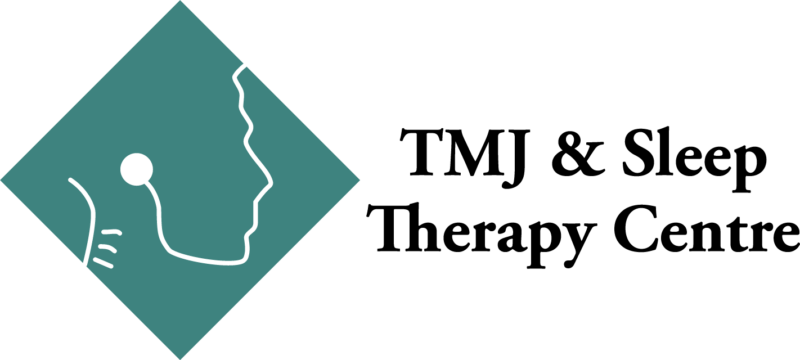Temporomandibular Disorder—or TMD (commonly called TMJ, which is simply the name of the joint)—is complex and varied, and often misdiagnosed.
Because TMD is really a group of maladies affecting the joint and rippling out to other areas of the body, patients with TMD often identify other health problems and points of pain, and hopscotch from one doctor to another who treats something that is not the source of their problem.
The first thing to understand about treating TMD is that accurate diagnosis is 95 percent of proper treatment.
Accurate diagnosis requires a comprehensive evaluation. Fifteen minutes in an examining room with a doctor will not lead to proper treatment—at least not with a complex problem like TMD.
For proper diagnosis, we examine range of motion in the jaw and neck, followed by all anatomic structures of the head and face.
Next, we inspect the nine cranial nerves that pass through the TM joint and affect 125 muscles. A series of more complex tests follow, along with a 3-D CT scan of the jaw. These low-dose CBCT exams are a critical tool to reaching a correct diagnosis.
The exam concludes with a physical evaluation of the autonomic nervous system—those nerves that automatically control internal organs.
Once all the data from the tests is collected and reviewed, we can finally make a proper diagnosis. Many times, patients are shocked to discover that far-flung health problems, like heartburn and knee pain, originate in TMD.
Treatment, of course, is highly personalized, and depends on the individual causes and symptoms affecting each patient.
Among the treatments in our toolbox:
Oral appliances – Custom fit appliance worn in the mouth during sleep to reorient the jaw and keep the airway open. A low-invasive treatment, it is particularly useful for people who experience sleep breathing disorder.
Orthotics – Used during eating, chewing, and speaking, and to be worn throughout the day to protect the TM joints from harm by keeping them in an orthopedically stable position.
Trigger point release – Therapies we use to treat trigger points include superficial injections of an anesthetic solution to help dissipate the trigger point and restore proper function to the muscle or muscle groups being treated.
PBMT – Also known as cold laser therapy, it uses non-cutting light to enhance the body’s natural healing processes. It decreases pain, speeds up the healing process, and helps to repair broken nerves. In treating inflammatory conditions, PBMT is essential in attaining the results and healing for our patients.
Prolotherapy – A valuable technique for helping with stretched, strained, and sprained ligaments around the jaw joint capsule and associated attachments to the mandible. Selective injection into the areas where the ligaments connect to bone produce hardening or scar tissue to form and repair the stretched ligaments.
Myofunctional therapy – A series of activities aimed at training and retraining the muscles of the face and oral cavity, often in conjunction with oral appliances.
Because TMD is rarely one problem, it rarely requires one solution or even one health professional. We often refer our patients to other health professionals and almost always suggest a matrix of treatments working in an integrated way.
